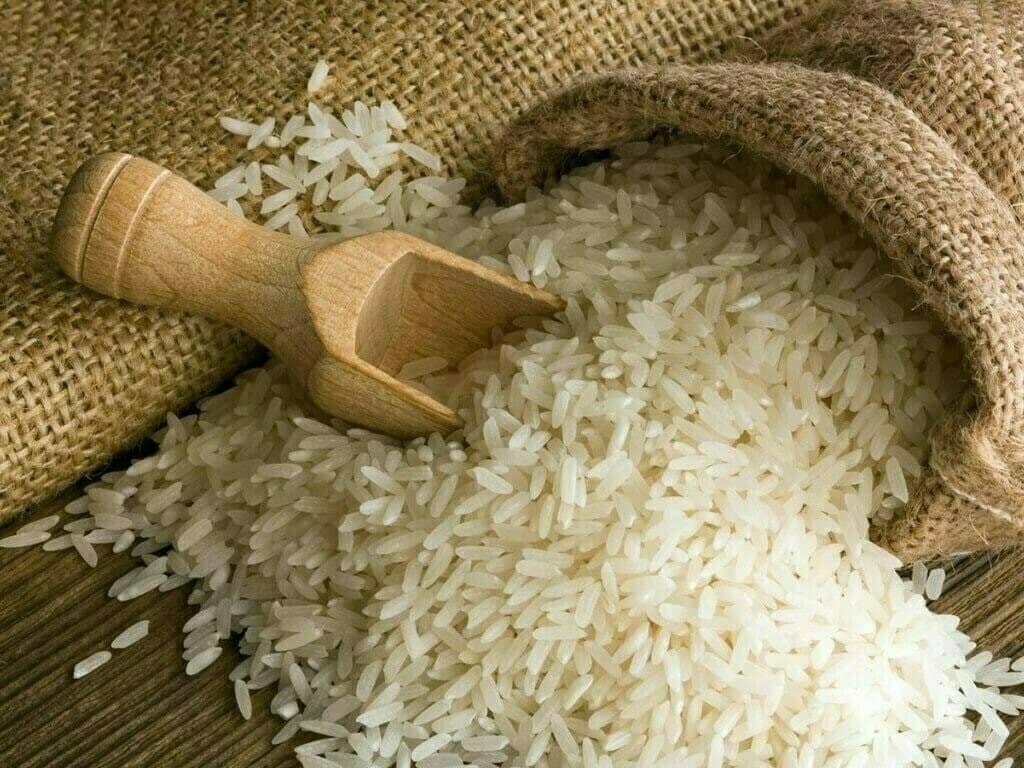Tags
Differences among various kinds of rice determine their best uses and tastes
DEAR SUN SPOTS: Sometimes a recipe calls for cooked white rice. Could you clarify the difference between long grain versus short grain rice for recipes?
Usually, I just wing it but one might be better than the other. I like using jasmine rice in my vegan rice pudding as this variety is naturally sweet. I’m also wondering if you have a good vegan rice pudding recipe. My version is coconut milk and jasmine rice with whole cardamom pods added to the rice cooking water.
I’ve also wondered about green tea. I need to be careful with caffeine and buy tea leaves with the least caffeine.
I reuse my tea leaves four times. Do you get less caffeine when you reuse the leaves but still get all the health benefits? — No name, Lewiston
ANSWER: Short-grain rice is starchy, glutinous, and cooks up soft and sticky. It’s used in things such as sushi and puddings. Short-grain rice is also used in Chinese cooking.
Long-grain rice contains less starch so the cooked grains are fluffier, drier, and more separate. Basmati and jasmine rice are used in Indian dishes as well as in Mexican cuisine.
Then there’s medium-grain rice such as Arborio and Valencia used for risotto, and Bomba rice, used for paella. This cooks to a tender, moist consistency.
The difference isn’t so much the size of the grain, but the texture. For example, long grain rice such as jasmine or basmati, doesn’t work as well in sushi or rice pudding as short-grain rice does. However, you can interchange these different varieties of rice in some circumstances.
Here’s a rice pudding recipe where you can use the jasmine rice you prefer:
Using a medium saucepan, whisk together 1/2 cup plain, unsweetened almond milk, 1/4 cup maple syrup, 2 teaspoons cornstarch, and 1/8 teaspoon sea salt. Add 1 1/2 cups cooked rice.
Stir occasionally over medium heat and cook for 13-16 minutes or until rice has absorbed most of the liquid but is still slightly runny.
Add 1/2 cup light coconut milk and 1 teaspoon vanilla. Stir constantly for 2-4 minutes until the mixture is thick yet pourable. It will thicken as it cools.
Remove pan from the heat and add cinnamon and/or raisins if desired. Let the pudding cool for a few minutes if serving warm.
To cool pudding completely, spoon into a heat-proof bowl and cover the top of the pudding with plastic wrap to prevent a skin from forming. Chill in the refrigerator for 30-60 minutes.
As for your tea question, quality loose leaf tea can be reused many times and maintain its health benefits. The most important factor in determining how much caffeine is infused into your cup is the water temperature: the hotter the water, the more caffeine, although it will be reduced a bit with each consecutive cup.
Green teas such as Japanese Gyokuro and Sencha are two of the teas that can be infused from 2 and 5 times.
Green tea leaves impart a stronger flavor in their following resteeps than in their first brew. Resteeping tea leaves is fine over the course of a day, but they should never be kept overnight, as this is a recipe for bacterial growth. We want health benefits, not a bellyache.
https://www.sunjournal.com/2023/06/06/differences-among-various-kinds-of-rice-determine-their-best-uses-and-tastes/Published Date: June 6, 2023







